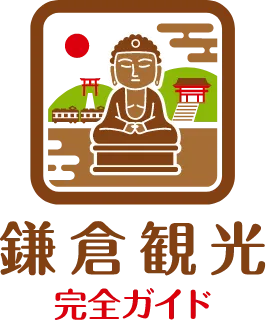Ume at Myohonji Temple
The Charm of Myohonji Temple’s Plum Blossoms
Myohonji Temple is the oldest Nichiren Buddhist temple in Kamakura, surrounded by beautiful nature throughout the seasons. During the plum blossoms season, red and white plum trees bloom throughout the temple grounds, creating a tranquil atmosphere where visitors can feel the arrival of spring.
Highlights – Plum Blossoms at Nitenmon Gate and Soshido Hall
The plum blossoms around Nitenmon Gate and in front of Soshido Hall are particularly noteworthy. The deep crimson flowers harmonize with the historic temple structures, captivating visitors. Additional red and white plum trees can be found beside Soshido Hall and around the Nichiren statue, each offering a unique charm.
Best Time to See Plum Blossoms and Enjoyment Tips
The plum blossoms in the temple grounds begin to bloom in late January and reach full bloom from mid-February to early March. Amidst the solemn ambiance of the temple, visitors can enjoy the subtle fragrance of the blossoms. Additionally, it is a unique sight to see mejiro (Japanese white-eye birds) flitting among the flowers. The contrast of red blossoms and green birds is strikingly beautiful, and the early morning and late afternoon are ideal times for observation and photography.
A Peaceful Visit to Enjoy the Flowers
Unlike more touristy locations, Myohonji Temple is known as a tranquil spot where visitors can appreciate the beauty of flowers in a serene setting. It is the perfect destination for those looking to avoid crowds while enjoying the elegant charm of plum blossoms.
Myohonji Temple Through the Seasons
Beyond the plum blossoms in spring, Myohonji Temple offers seasonal beauty with cherry blossoms (late March to early April), Chinese flowering crabapple (early to mid-April), and autumn foliage (November). Each season provides a unique reason to visit and experience its natural beauty.
Conclusion
When strolling through Kamakura, be sure to visit Myohonji Temple and immerse yourself in the historic temple grounds while embracing the breath of spring.
Toshi’s Evaluation
| Evaluation Criteria | Score | Reason |
|---|---|---|
| Scenery | 9 points | The red and white plum blossoms harmonize beautifully with the historic structures, such as the Soshido Hall and the Nichiren statue, creating a stunning view. |
| Accessibility | 9 points | Located about a 10-minute walk from Kamakura Station, it is easily accessible with clear signage and convenient routes. |
| Historical Value | 8 points | As a temple associated with Nichiren Buddhism, it holds significant historical value, though its recognition is somewhat limited nationally. |
| Comfort | 7 points | Generally quiet and comfortable with less crowding, but occasional groups of photographers can make certain times less serene. |
| Reviews | 8 points | Highly rated for its beautiful plum blossoms and tranquil atmosphere. However, opinions vary regarding the volume of plum trees. |
Total Score: 41 Points
Myohonji Temple offers a harmonious blend of historical architecture and plum blossoms, making it a visually stunning and culturally enriching destination. With good accessibility and a peaceful environment, it is well worth visiting. However, visitors should be mindful of potential crowds and tempered expectations regarding the number of plum trees.
